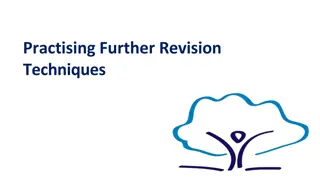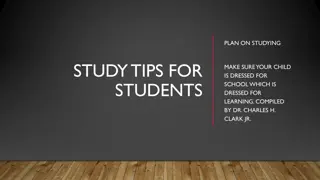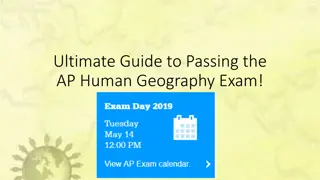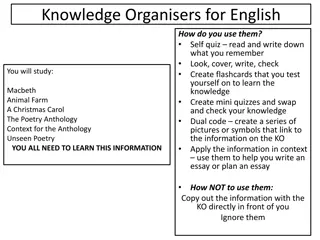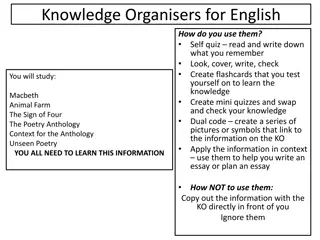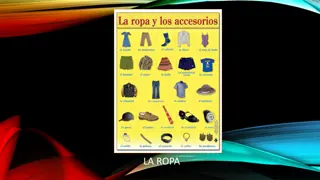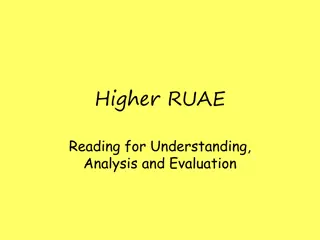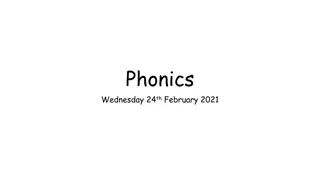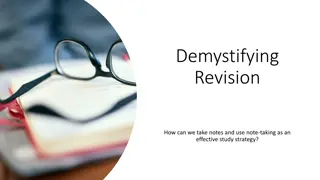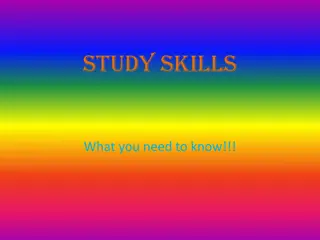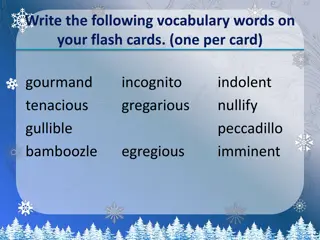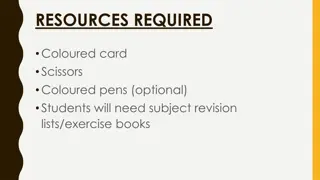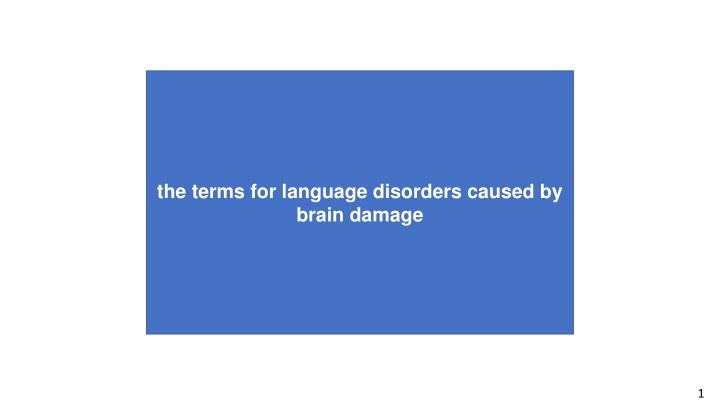
Language Disorders Caused by Brain Damage
Explore different language disorders like aphasia and anosmia caused by brain damage. Learn about the impact on speech and cognitive function, as well as the areas of the brain affected. Discover how auditory processing and conceptual representation play a role in language comprehension and expression.
Download Presentation

Please find below an Image/Link to download the presentation.
The content on the website is provided AS IS for your information and personal use only. It may not be sold, licensed, or shared on other websites without obtaining consent from the author. If you encounter any issues during the download, it is possible that the publisher has removed the file from their server.
You are allowed to download the files provided on this website for personal or commercial use, subject to the condition that they are used lawfully. All files are the property of their respective owners.
The content on the website is provided AS IS for your information and personal use only. It may not be sold, licensed, or shared on other websites without obtaining consent from the author.
E N D
Presentation Transcript
the terms for language disorders caused by brain damage 1
aphasia 1
memories of events that happened to loss of taste you in the past 2
aphasia involving problems with speech expression, with minimal effects on retinal neurons located between the bipolar and ganglion cells comprehension 3
a language area in the left inferior frontal loss of smell gyrus 4
anosmia Broca s area 4
the ability to maintain high levels of cognitive function even when challenged by the area of the cortex dedicated to auditory processing neuropathology 5
auditory cortex cognitive reserve 5
carries auditory signals from the inner ear to the brain word that corresponds to it the meaning of an idea, as opposed to the 6
auditory nerve conceptual representation 6
Vibrating fluid in the cochlea causes the____ to move in a wave-like fashion in response to soundwaves. production the inability to repeat sentences, despite normal language comprehension and 7
basilar membrane conduction aphasia 7
neurons in the retina that receive visual input from photoreceptors and send output to retinal ganglion cells control of one side of the body by the opposite hemisphere of the brain 8
bipolar cells contralateral control 8
the ability to respond to visual information without conscious awareness callosum a surgical procedure that severs the corpus 9
blindsight corpus callosotomy 9
the portion of the retina containing the optic disk and no photoreceptors and right hemispheres of the brain the pathway of neurons connecting the left 10
blind spot corpus callosum 10
hearing loss resulting from disruption of the auditory signal along its route through the brain to external events brain areas activated while one engages in spontaneous thought, rather than attending 11
central hearing loss default network 11
A receptive field in which light hitting a particular retinal location excites a neuron, and light hitting the surrounding area inhibits it is called a ____ receptive field. a disorder of reading despite normal eyesight, intelligence, and motivation 12
centersurround receptive field dyslexia 12
pain-sensing receptors that respond to chemical toxins written, manual). the ability to produce language (spoken, 13
chemical nociceptors expression, speech 13
a spiral-shaped structure in the inner ear containing fluid-filled canals expression an aphasia involving impairment in speech 14
expressive aphasia cochlea (also called Broca s aphasia) 14
an aphasia involving damage to widespread left hemisphere language areas and deficits in both language comprehension and a region of the medulla that receives input from the auditory nerve; not to be confused with the cochlea of the ear production 15
cochlear nucleus global aphasia 15
a neuron that responds to lines of specific orientations regardless of where the line appears in the visual field bulge-like elevations on the cerebral cortex (c___ cell) 16
complex cell gyri (sg. gyrus) 16
hearing loss resulting from the inability of sound to reach the ear drum or to affect the ossicles of the middle ear the anatomical location of Broca s area 17
conductive hearing loss left inferior frontal gyrus 17
the type of photoreceptor found mostly in the fovea and necessary for color vision a kind of dictionary stored in memory 18
the combining of information coming from many neurons to a smaller number of neuronal recipients (c___) cognitions about the thoughts and emotions we imagine to be occurring in the minds of others 19
mentalizing 19
the protective outer layer of the eye reflecting upon our own thoughts 20
the neural pathway originating in layer 6 of the primary visual cortex and terminating in the LGN of the thalamus individuals who speak just one language (the____ pathway plays an important role in visual attention) 21
monolinguals 21
the collection of cell bodies of somatosensory neurons just outside the spinal cord non-existent words 22
neologisms 22
a group of cortical brain areas that specialize in detecting the location of objects, that is, where things are word sounds 23
phonemes 23
a piece of tissue in the middle ear that vibrates in response to sound waves, also called the tympanic membrane relating to speech sounds 24
phonological 24
the central portion of the retina the processing of speech sounds 25
fovea phonological processing 25






